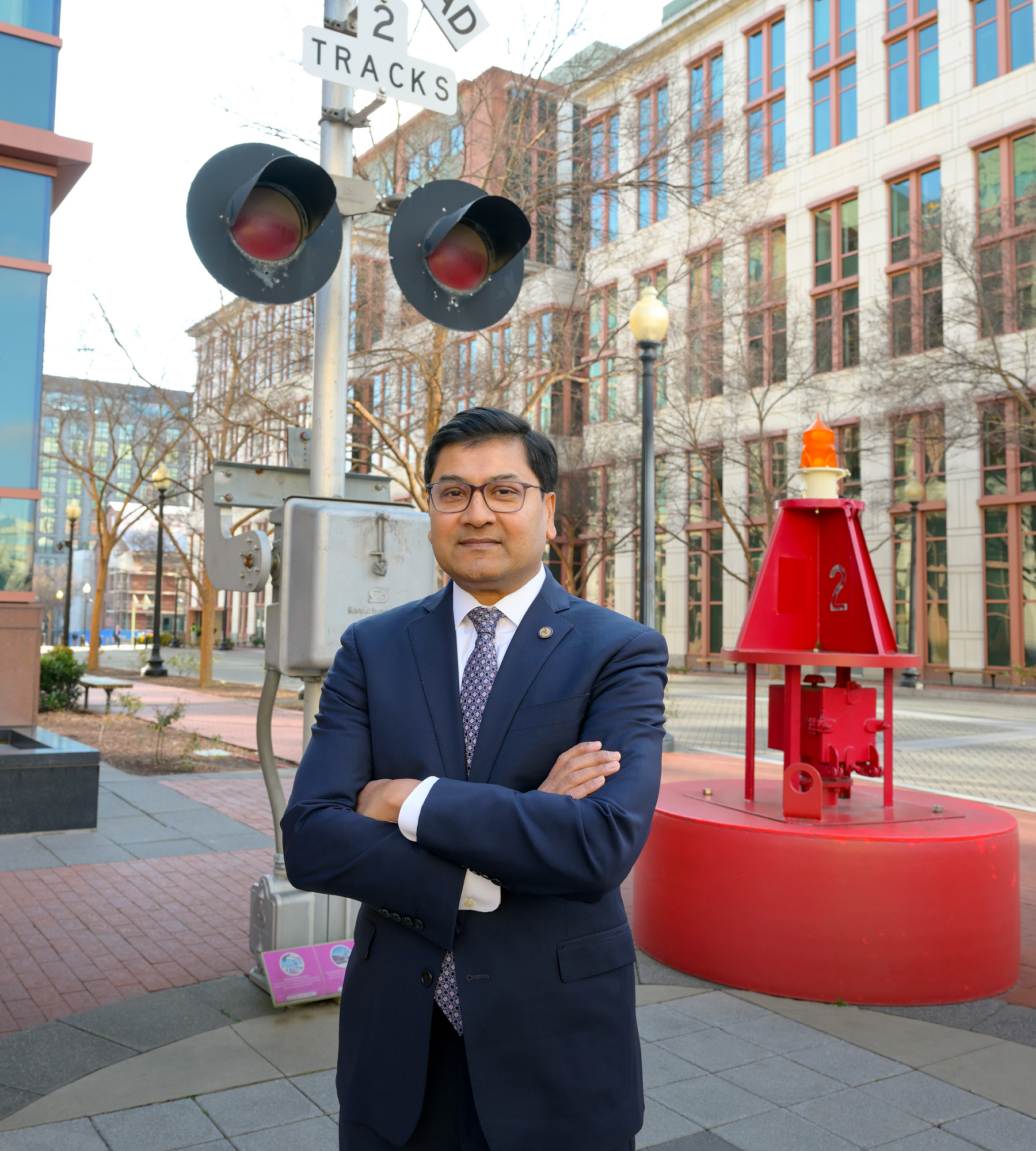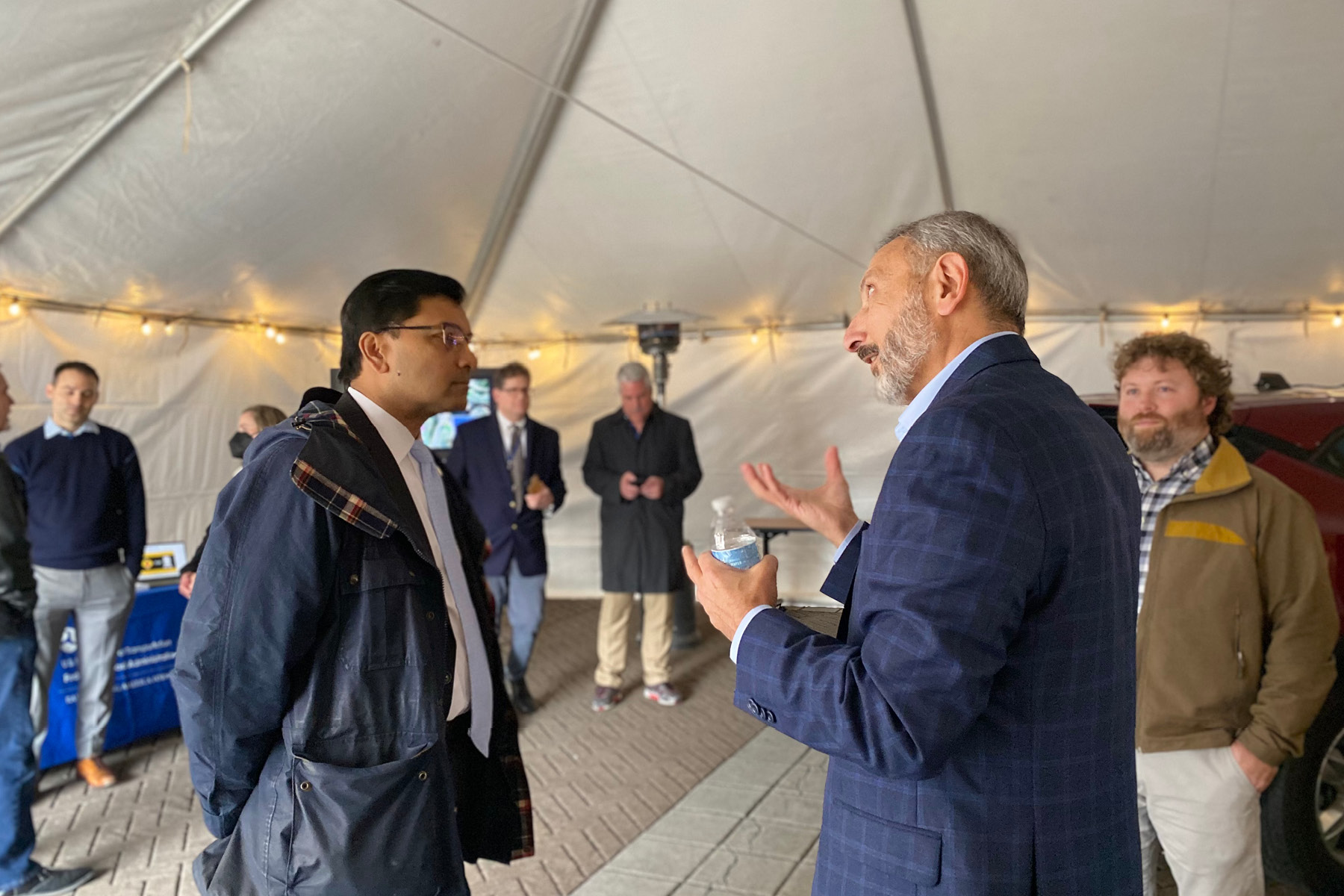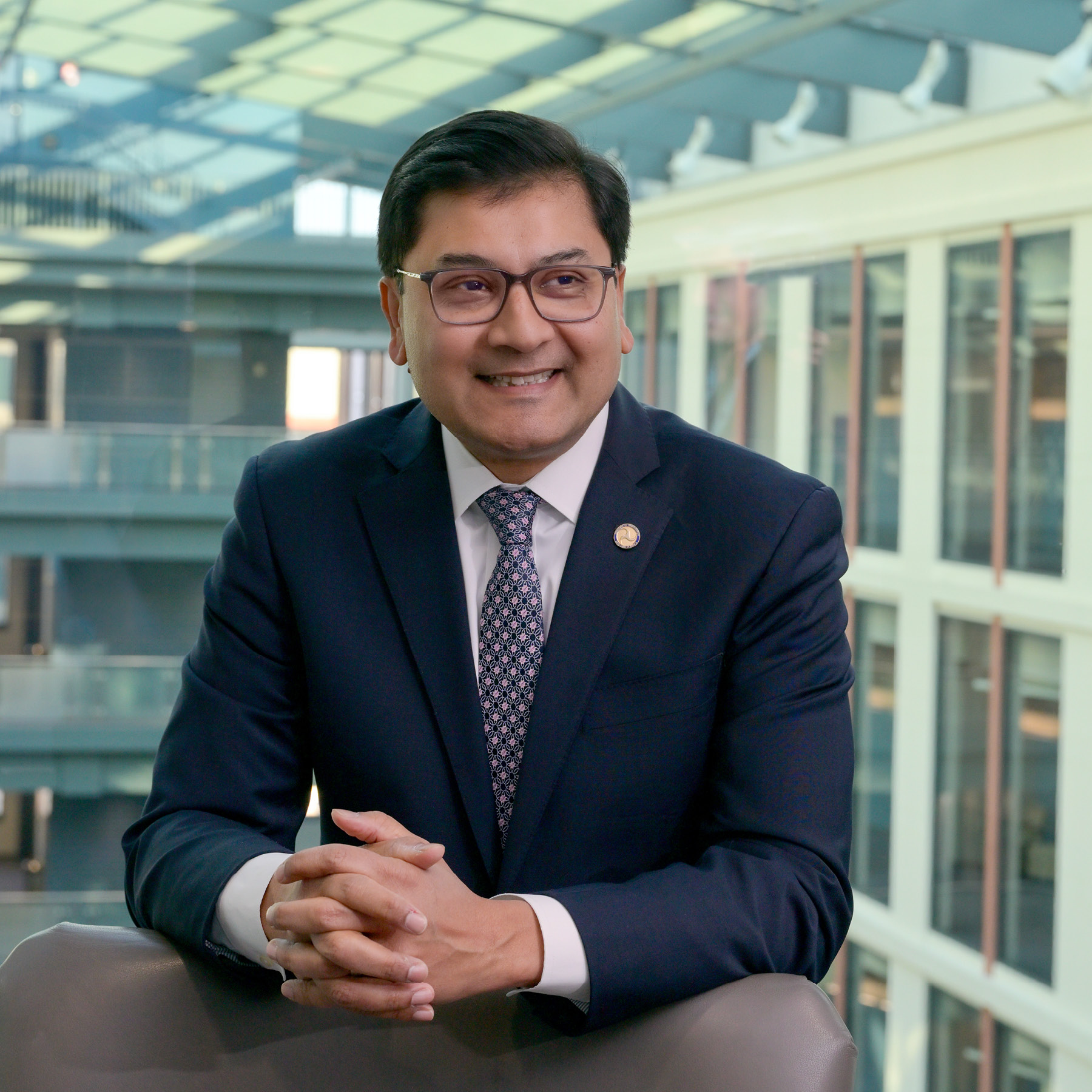Language
You can read the magazine in one of the following languages
Geolocation
You can read the global content or the content from your region


Around half a million railroad carloads of freight are transported across the United States every week. The population’s love of cars means it’s one of the only countries where freight trains outnumber those carrying passengers.
Since the first iron rails and wooden sleepers were laid in the 1820s, the United States rail transport network has grown to be the biggest in the world with 258,000 kilometers of track.
The man currently responsible for the safe, reliable and efficient movement of people and goods along them has no doubts about the industry’s importance. Administrator Amitabha Bose has led the Federal Railroad Administration (FRA) for just over two years and believes trains are at the very heart of America’s success story.

“My career has made me very conscious that government is there to help people, to make society better overall.”
“These railroads have been a part of our culture for 200 years and have helped society advance and the economy to grow,” he tells The CEO Magazine from his Washington, D.C. office. “They’re embedded in all these communities and it’s important for people to feel comfortable with them and safe.”
Bose’s passion for industry is evident, but so too is his enduring conviction that governments can serve as a positive force, particularly when it comes to fostering thriving communities and families through improved passenger rail access and strong rail supply chains.
His parents emigrated to Atlanta, Georgia from India when he was five. After attending college in New York, he worked in Congress before enrolling at law school at the University of Georgia.
“When I was in Congress, I worked on a lot of transportation matters, from trains to transit to roads to airports and aviation,” he says. “Then I had an opportunity to return to policy work in New Jersey for Governor Jon Corzine. It was at the New Jersey Transit that I took a much deeper interest in railroad matters.”
After that, Bose was brought into the federal government by former President Barack Obama, first at the FRA as their lead in governmental affairs, and then as former Secretary of Transportation Ray LaHood’s liaison to the House of Representatives.

At the end of the Obama administration, he went into private practice as an attorney, but jumped at the chance to return to public service under President Joe Biden. After a year as the FRA’s Deputy Administrator, he was appointed to run the organization in January 2022 after being confirmed by the United States Senate.
“My career has made me very conscious that government is there to help people, to make society better overall. I know the American people are counting on me,” says Bose.
Bose’s role as a public service administrator is a nuanced one: as well as his commitment to being accountable to the American public, he works closely with the many entities that make the American rail system possible.
In addition to collaborating closely with every CEO of major class one railroads, he has fostered constructive relationships with labor unions and other organizations that contribute to the maintenance and construction of infrastructure.
“It’s my role to make sure railroad workers feel safe. We want to make sure things are done in a safe manner while the economy advances. It doesn’t have to be one or the other. Both can work together as a win–win.”
Derailments in the country have fallen significantly in the last 50 years. Encouragingly, accidents have decreased over that time as well. However, more than 1,000 derailments and between 1,650–2,000 accidents still occur each year, making the Administrator’s job as important as ever.
“One thing we always say on safety matters at the FRA is that when there’s a train collision or derailment, we don’t want that situation to be the first time we’re exchanging business cards,” explains Bose.

“I’m a firm believer in putting in time at the start of projects rather than the middle or end when it’s too late.”
“It’s really important to have relationships in place. I make sure I have them with every CEO at the major class one railroads. The hundreds of smaller railroads are represented by groups like the Shortline Association and I have relationships with their leaders, too.”
But that’s not where his bond-building stops. Bose not only has to be responsive to the White House, but also engender constructive dialogue with members of Congress, state governors and local mayors.
“I’m a firm believer in putting in time at the start of projects rather than the middle or end when it’s too late,” he notes. “Doing those things early on has a multiplier effect. Setting the table early on is so important.”
And as the railroad market is projected to grow by more than five percent per year until the end of the decade, being prepared for anything will be more important than ever.
Bose’s department has partnered with Siemens Mobility to lay the foundations of a digitalized freight and passenger rail network that’s better equipped to serve communities and meet sustainability goals. To do so, the technology leader has pioneered new products and practices across rolling stock, infrastructure, timetable algorithms and ticketing.
Meanwhile, innovations in fuel efficiency mean that freight railroads in the United States now consume more than 2.64 trillion fewer liters of fuel every year than they did 25 years ago.